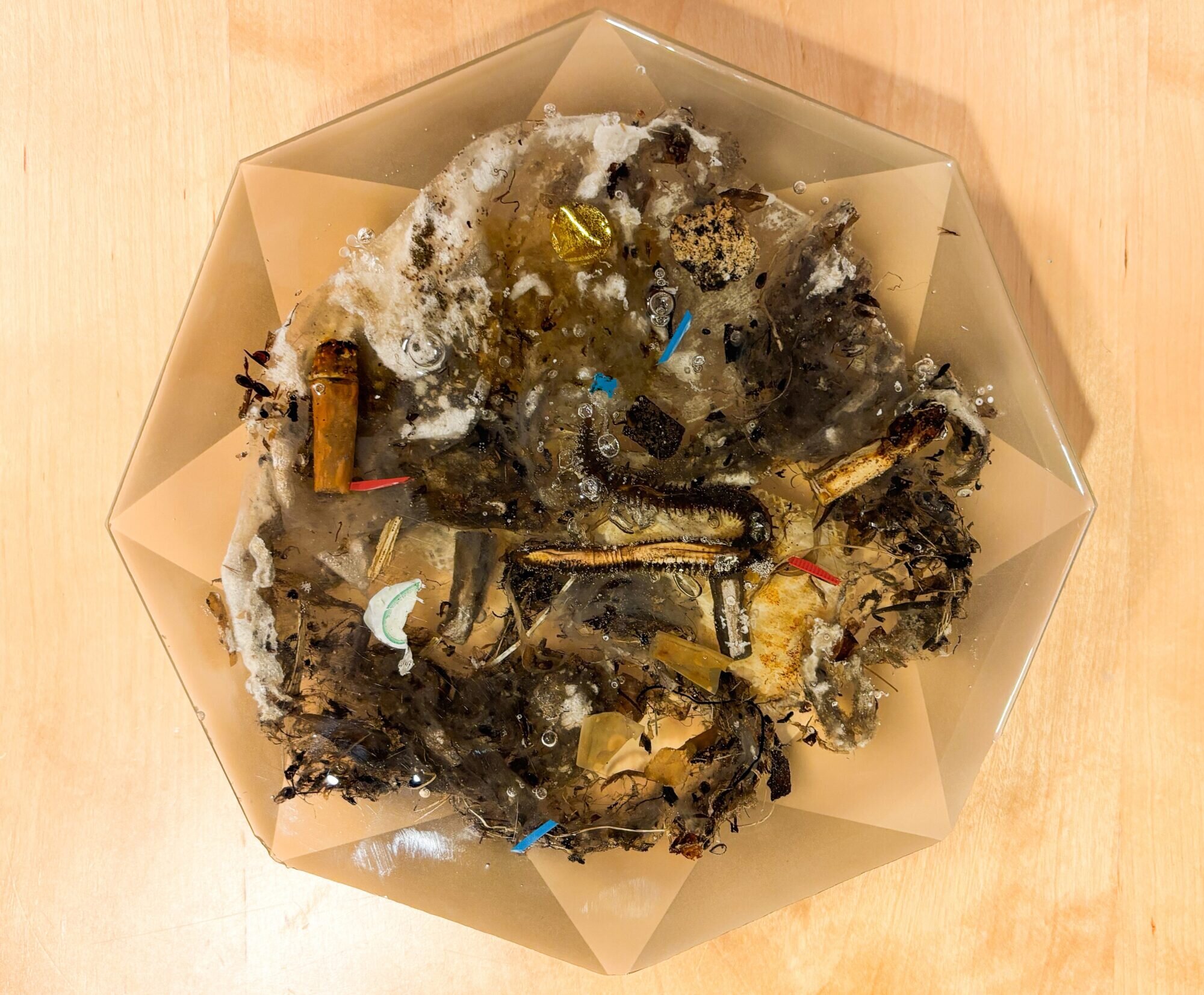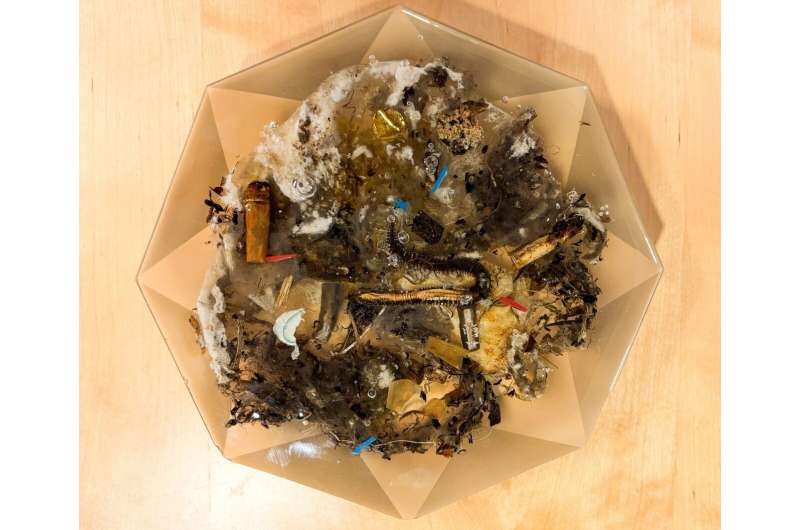

Sampling reveals that there is an incredible amount of rubbish lying on the seabed. This is because many people are still flushing all sorts of things down the toilet, believing that they will simply disappear. But, of course, this is not the case. Both wet wipes and chemical substances have a negative impact on the biology of marine animals. This is also true of many other products that are branded as “natural.”
“Even if a product is branded as ‘natural,’ this doesn’t mean that it simply dissolves away when released into the natural environment,” says Senior Research Scientist Ida Beathe Øverjordet at SINTEF. “Such products still have very long decomposition times and should not be flushed down the toilet, even if they’re labeled as biodegradable,” she says.
This fact may confuse consumers, who do not understand that even so-called natural products may have a major negative impact on the marine environment if they are flushed down the toilet.
“I’ve reviewed the literature,” says Øverjordet. “The decomposition time for wet wipes branded as ‘natural’ products may be up to 200 years and is even longer for those that contain plastic,” she says.
This information has now become part of a public awareness campaign recently launched in Svalbard in connection with a research project called CLIMAREST. The campaign is attempting to make both residents and visitors aware of what they should and should not be flushing down the toilet.
“This rubbish suffocates the seabed environment around the outflow points because it interferes with biological processes taking place in the sediments.”
Enormous volumes of rubbish end up in the sea via our toilets
There is no easy way to measure how much rubbish is being flushed down our toilets. However, in Longyearbyen in Svalbard, which has 2,500 inhabitants, the local authority is currently measuring the amount of rubbish collected using gratings placed across the outflow points. Results indicate that as much as 80 kilograms of rubbish passes through the town’s wastewater system every week. We can only imagine how a figure like this translates to the world’s largest cities.
Here is a list of the top five rubbish items that we flush down the toilet:
- Q-tips
- Contact lenses
- Condoms
- Sanitary pads/tampons
- Wet wipes
Øverjordet explains that the rubbish discharged into the sea forms a carpet on the seabed and interferes with the sedimentary deposits and the animals that depend on them.
“This rubbish suffocates the seabed environment around the outflow points because it interferes with the biological processes taking place in the sediments,” she says.
“Moreover, marine animals may eat degraded rubbish items from the carpet, eventually making them part of the human food chain,” says Øverjordet.
Inadequate wastewater treatment
The idea of “out of sight, out of mind” does not apply—neither to your toilet, nor to mine. Because even if we like to think that our wastewater plants capture everything that we flush away before the water is released into the sea, this simply isn’t the case.
A large proportion of our wastewater plants, including those in Norway, and especially along the coast, are primitive facilities that capture only a small proportion of the rubbish that should be prevented from entering the marine environment.
“Today, 10% of Norwegian wastewater systems operate with no form of water treatment,” says Hanne Kvitsand, who is a Research Manager at SINTEF. “This means that wastewater is discharged untreated into the marine environment,” she says.
While there are strict requirements for discharges into bodies of freshwater, regulations governing the release of wastewater into the sea are much less stringent.
“This is partly because we as humans observe the impacts of freshwater pollution much sooner than we do in the sea where they are much less visible,” says Kvitsand.
Medicines are also ‘rubbish’
It isn’t just material rubbish that interferes with marine ecosystems. Human drugs and medications also have a negative impact. They pass through our bodies before ending up in our urine and feces. Wastewater plants are unable to filter out such substances.
“These substances have the same effects on the natural environment as they do on people,” says Øverjordet. “Drugs such as paracetamol may affect male sex hormones in many organisms, and can interfere with reproductive ability and the future survival of a variety of animals,” she says.
“But we still have to take our medications, and we still have to go to the toilet,” says Øverjordet. “The key is to be aware of our behavior and do the right thing where and when we can. One idea is always to have a rubbish bin in the bathroom. This will help to remove the temptation to flush stuff down the toilet,” she says.
Both Kvitsand and Øverjordet explain that effective wastewater treatment technologies have already been developed but, as always, implementation lags behind because of commercial interests.
“In time, requirements to implement wastewater plant upgrades will be put in place,” says Kvitsand. “However, the most effective approach now is to address the problem at its roots—to take responsibility and throw our rubbish in a bin and not down the toilet,” she says.
Provided by
Norwegian University of Science and Technology
Citation:
Flushing rubbish down the toilet has impacts on nature (2024, September 18)
retrieved 19 September 2024
from https://phys.org/news/2024-09-flushing-rubbish-toilet-impacts-nature.html
This document is subject to copyright. Apart from any fair dealing for the purpose of private study or research, no
part may be reproduced without the written permission. The content is provided for information purposes only.